The Ghost Comes Back (Part 2)
Fort Ord, once abandoned, finds itself transitioning into not one thing, but many things.
Before you start, make sure you read Part 1 of this blog post, which you can access by clicking here.
 Created during the very last part of World War I, Camp Ord’s peak run of activity started in the days just before the U.S.’s entry in World War II (when “Fort” replaced “Camp” in its name) and sustained itself through our country’s involvement in the Vietnam War. Overlooking the Monterey Bay to the west and south, and abutting the fertile expanse of the Salinas Valley on the east (making it SSCS’s neighbor), Fort Ord was always considered a beautiful military base, and why not, with views like these enjoyed by military neighborhoods (yes, that’s the Monterey Bay in the background):
Created during the very last part of World War I, Camp Ord’s peak run of activity started in the days just before the U.S.’s entry in World War II (when “Fort” replaced “Camp” in its name) and sustained itself through our country’s involvement in the Vietnam War. Overlooking the Monterey Bay to the west and south, and abutting the fertile expanse of the Salinas Valley on the east (making it SSCS’s neighbor), Fort Ord was always considered a beautiful military base, and why not, with views like these enjoyed by military neighborhoods (yes, that’s the Monterey Bay in the background):
The base was home to about 50,000 troops at its height, a self-sufficient and complete military city with parks, two movies, stores and thrift shops, 11 churches, two 18-hole golf courses, parks, a heated indoor swimming pool, artillery ranges (on the beach!), a half dozen schools for military children, military educational facilities, a 12-lane bowling alley, a jail, and a five-hangar airfield. There was also Stillwell Hall, a 52,000 square foot officers’ club, perched on a precipice overlooking the bay, which was found to be sliding gradually into the water before it was torn down in 2003.
All told, Fort Ord boasted over 4,000 structures, not counting approximately 6,000 family housing units.
Given that—in terms of total acreage—Fort Ord is about the size of San Francisco (45 square miles), the considerable population and surrounding development still left plenty of room for the wide open spaces, even when the base was filled with activity. Once the base closed in the early 90’s, as we showed last week, what lay within that abandoned acreage could seem pretty spooky.
Fort Ord wouldn’t remain a ghost of itself for long, however. Most of the land was returned to the state of California for redevelopment and re-purposing, overseen by the Fort Ord Reuse Authority, a group composed of elected officials at the local, state, and federal levels, as well as representatives from the military and other entities.
The comeback took some time, in part because of caution regarding unexploded ordinance, petroleum leakage, and buildings constructed with toxic materials, but since 1994 Fort Ord has steadily transitioned into not just one thing, but many things.
Much of Fort Ord has been turned over to two neighboring cities, Seaside and Marina, for development. A coastal strip overlooking Monterey Bay has been turned into a state park, and the land on which Fort Ord sits was declared a national monument in 2012.
Let’s take a look at some of the ways that Fort Ord has returned, and continues to return, from the (almost) dead:
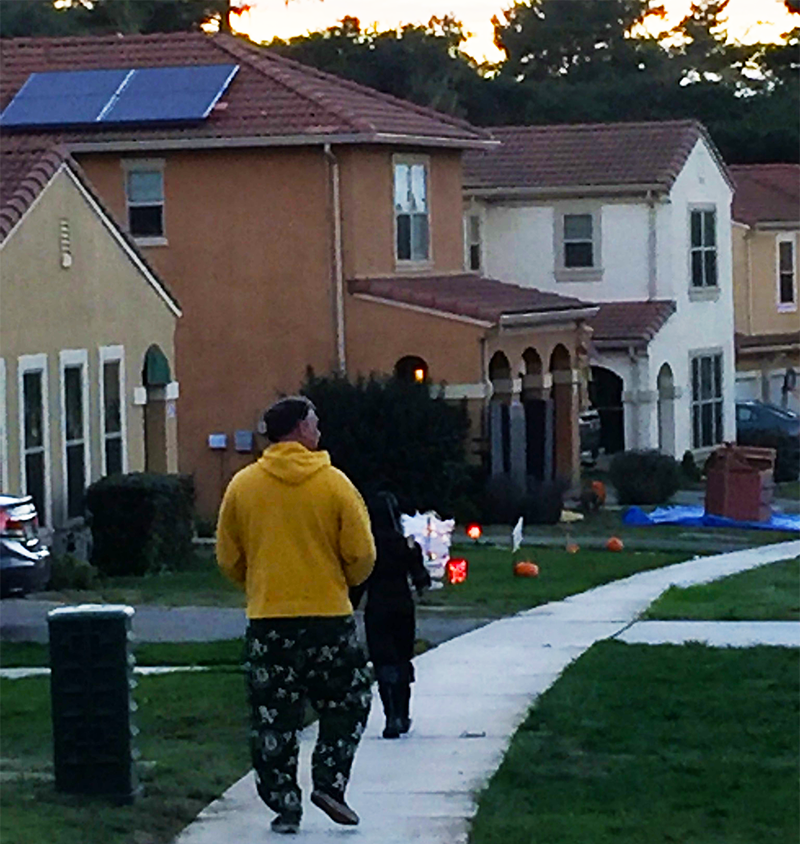 Housing — Though most of the barracks on Fort Ord remain deserted, many of the duplexes and stand-alone homes used by the military over the years have been refurbished for use by civilians as well as active and retired military. New military housing has also cropped up, a definite upgrade for what has gone before and frankly unidentifiable as military housing.
Housing — Though most of the barracks on Fort Ord remain deserted, many of the duplexes and stand-alone homes used by the military over the years have been refurbished for use by civilians as well as active and retired military. New military housing has also cropped up, a definite upgrade for what has gone before and frankly unidentifiable as military housing.
In addition, a host of private developers have created brand new neighborhoods and shopping centers, adding a distinct sheen of modernity to the surroundings.
VA/Department of Defense Medical Clinic — Symbolizing the link that connects modern Fort Ord to its military past, while at the same time indicative of its new face, this clinic opened last month. It promotes wellness and helps prevent disease for veterans and members of the Department of Defense (which also operates out of a facility on Fort Ord).
Bayonet/Black Horse Golf Courses — A prime example of how public land transitioned into public hands, the once-military golf courses are now privately held PGA Championship courses with a spectacular view of the Monterey Bay. In a region of the country that is rife with world-class golf courses, Bayonet and Back Horse fly somewhat under the radar, unless you’re a local.
Fort Ord Dunes State Park — If not for one other significant improvement (more on this later), the crown jewel of Fort Ord redevelopment has to be Fort Ord Dunes State Park.
Not far from the location where Stillwell Hall almost fell off into the ocean, this is a welcome retreat for locals who love lounging on the Monterey Bay, but would rather avoid the more crowded beaches of neighboring Monterey, Pacific Grove, and Carmel.
The walk down to the beach is almost as spectacular as the beach itself, with sandy bluffs towering on each side of you as you take the short walk down to the water, a secret beach at which you’ll want to hang out for awhile once you see it.
But while each attraction of the new Fort Ord has its own particular allure, there is one that overshadows all and is of particular interest and importance to SSCS. It’s such a big deal that we’re saving part three of this post to tell (and show) you all about it. We’ll offer this 22-year old invitation as a tease. See you next Thursday!
Click here to access Part 3.


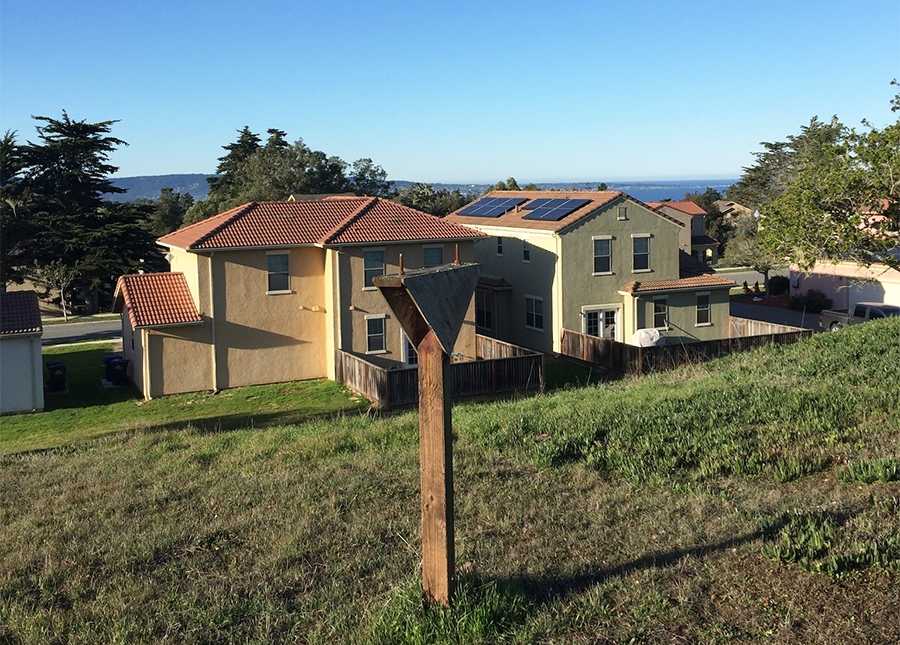
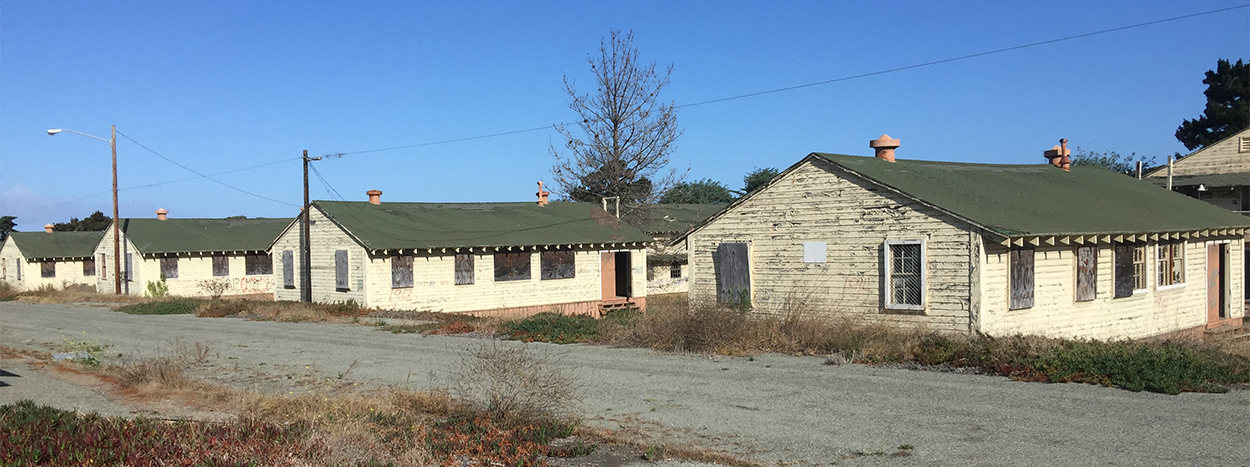
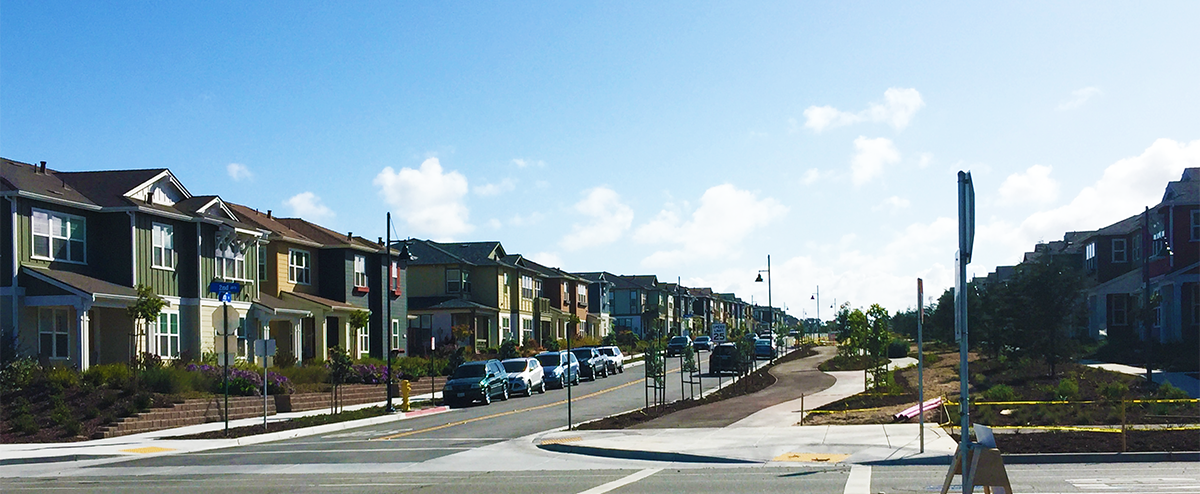
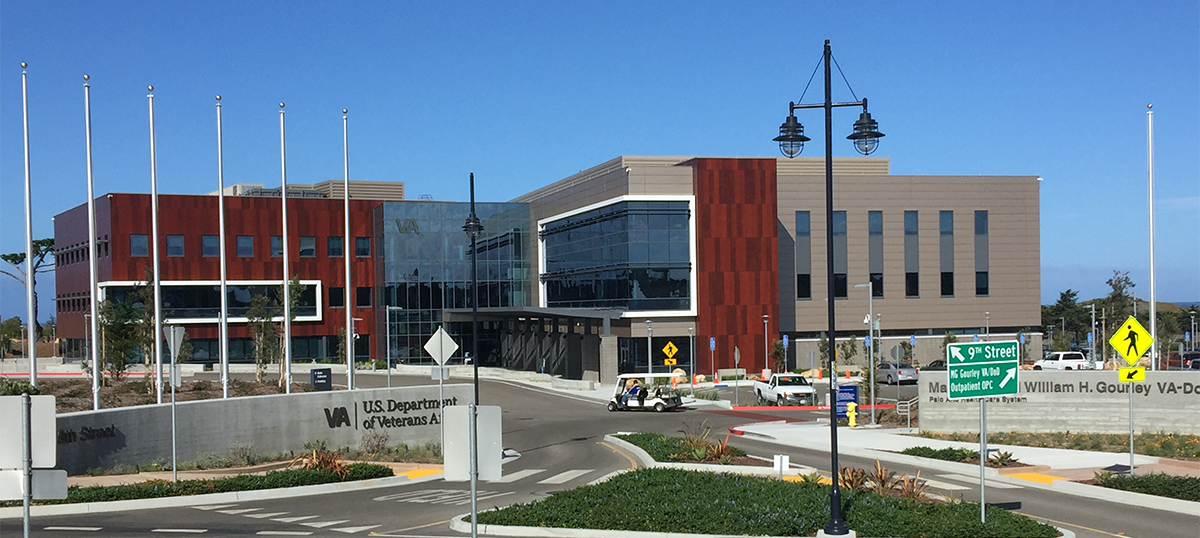
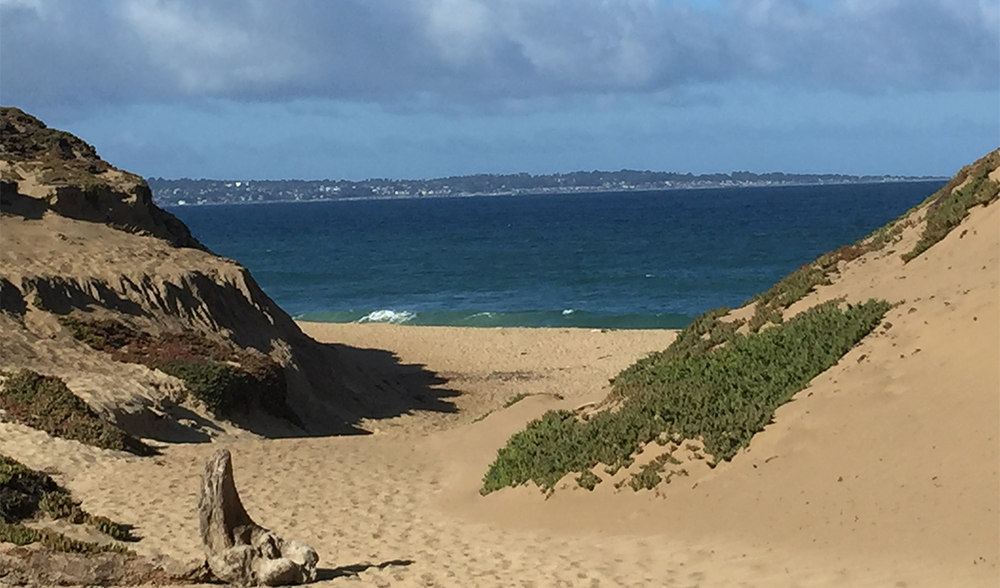
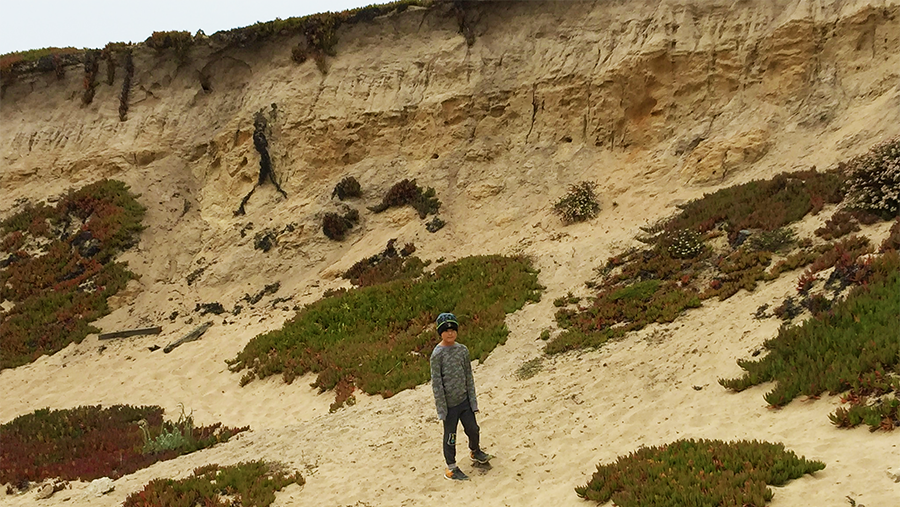
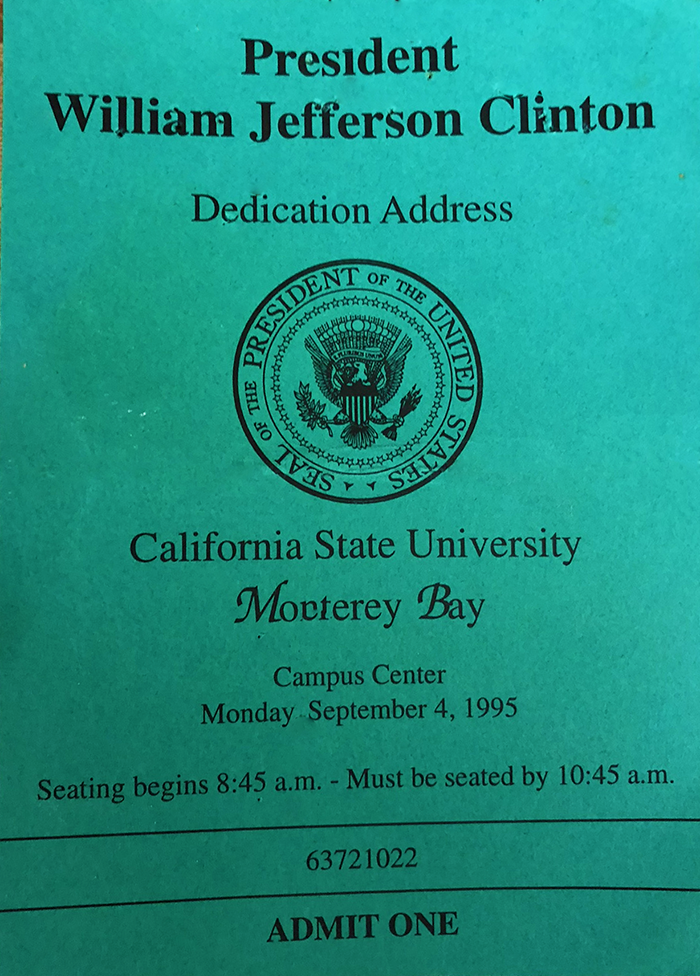





Leave A Comment